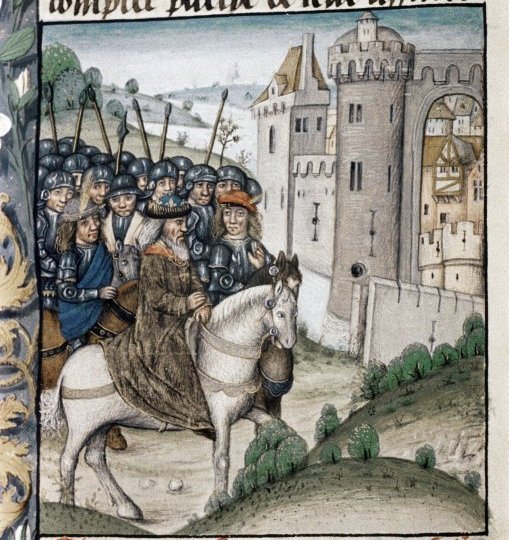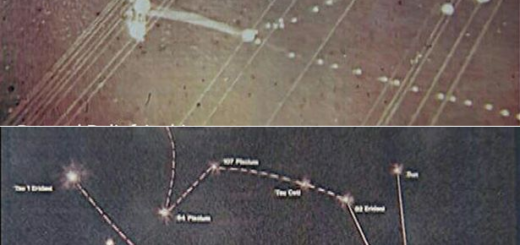King Arthur’s Camelot Might Have Been Found – World-Renowned Expert Says
– The location of King Arthur’s legendary Camelot has puzzled and intrigued scholars and fans for a thousand years.
Over the years many theories have been presented. Several researchers have suggested different locations, but there was always a missing piece, preventing us to gain a complete picture of the enigmatic Caemot that in Roman times, was called Camulodunum, which means “the fort of the god Camul”.
Now, a world-renowned expert says he has found evidence that can solve a thousand year-old-ancient mystery. According to Professor Field, retired Bangor University English Literature King Arthur’s is located outside Huddersfield.

Professor Field has been researching the location of Camelot for the past 18 months. He says he found the small fort quite by chance while looking at some maps.
Though almost forgotten and insignificant today, and even though it was abandoned and dilapidated by the relevant time, about A.D. 500, Prof Field argues that this site at Slack would still have been considered a strategic stronghold.
At that time, the invading Anglo-Saxons had occupied much of the east and south coasts of Britain, but Celtic-speaking Britons held the north and the west coast. The natural gathering point for Britons who wanted to resist the Anglo-Saxons would have been Chester, and the point that they needed to hold, if they were not to lose the entire east coast, was York.
Slack is on the Roman road from Chester to York, but the location was no less strategic for that.
Professor Field is a world-renowned expert on Arthurian literature, and says:
“If there was a real King Arthur, he will have lived around AD500, although the first mention of him in Camelot is in a French poem from the Champagne region of France from 1180.
“There is no mention of Camelot in the period between those dates, known as the Dark Ages, when the country was at war, and very little was recorded. In this gap, people passed on information, much got lost in transmission, and people may have made up facts or just messed up known information.”
“With the best information available, the best guesses that could be made, it’s long been thought the location of Camelot could have been at sites like Caerleon, in South Wales, Winchester or Cadbury Castle.”
According to the Bangor University, there were two places called Slack in Yorkshire, about ten miles apart. Professor Field used a gazetteer that had only one Slack, the one near Hebden Bridge. The Roman fort Professor Field was talking about lies near or under the M62 and a golf course near Huddersfield. The rest of his hypotheses remain extant.
Whether Professor Field has really discovered King Arthur’s legendary Camelot, remains yet to be seen.



 Creators of mankind
Creators of mankind Description of “Tall white aliens”
Description of “Tall white aliens” Where they came from?
Where they came from? About hostile civilizations
About hostile civilizations The war for the Earth
The war for the Earth “Tall white aliens” about eternal life
“Tall white aliens” about eternal life Video: “Nordic aliens”
Video: “Nordic aliens” Aliens
Aliens Alien encounters
Alien encounters The aliens base
The aliens base UFO
UFO Technology UFO
Technology UFO Underground civilization
Underground civilization Ancient alien artifacts
Ancient alien artifacts Military and UFO
Military and UFO Mysteries and hypotheses
Mysteries and hypotheses Scientific facts
Scientific facts


















